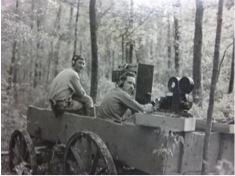This project investigated how scientists have sought to render the sounds of the natural world into a legitimate source of scientific knowledge. From the late nineteenth century, ornithologists and field biologists attempted to study birds’ acoustic behavior both in the field and in the laboratory, for purposes of field recognition as well as the study of taxonomic difference, learning processes, or population dynamics. In doing so, they drew on a range of media for transcribing and recording sounds, from musical notations and gramophones to spectrograms. How did sound recording become a scientific technique? How did ornithologists employ their ears in making sense of what they studied, and how did such practices of mediated and unmediated listening generate new acoustical and behavioral knowledge? Finally, how did these kinds of listening come to be legitimized as authoritative scientific practices? Published in 2018 by the MIT Press, the study traces a history of scientific listening between 1880 and 1980, across fieldsites and locales including the Cornell Laboratory of Ornithology, the British Broadcasting Corporation, and the Cambridge University department of zoology. It shows how scientific records, testing practices, and bioacoustical knowledge ultimately came into existence through ornithologists’ multifarious collaborations with amateur birdwatchers, hobbyist sound hunters, recording engineers, public broadcasters, and musicians.

Cornell University sound recordists in Louisiana (1937). Reproduced from Brand Papers (CUL), 2:1. Copyright holder unknown to Division of Rare and Manuscript Collections, Carl A. Kroch Library, Cornell University Library.
Project
(2015-2018)
Sound Science: Recording and Listening in the Biology of Bird Song
Past Events
Productive Sounds in Everyday Spaces: Sounds at Work in Science, Art, and Industry, 1945 to Present
MORE